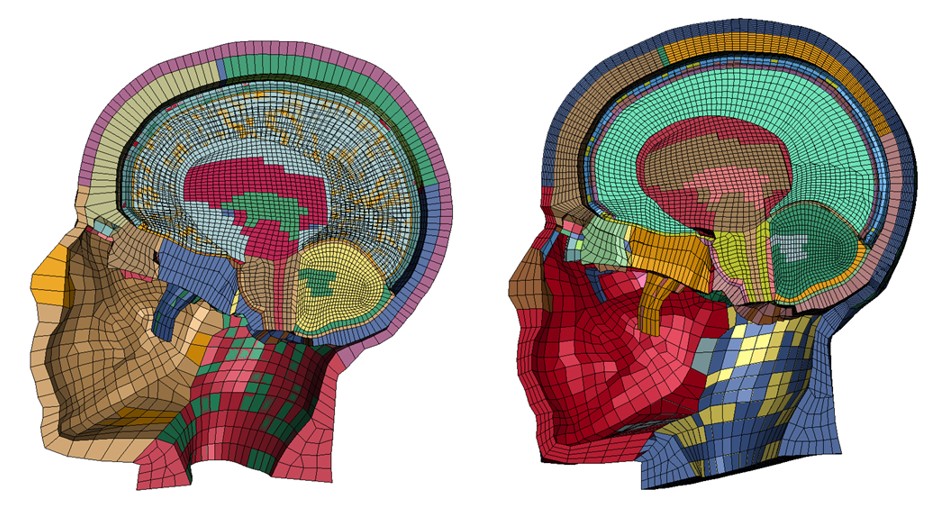Advancing Precision Medicine: Tailoring Bone-Anchored Implant Technology Through Numerical Simulation
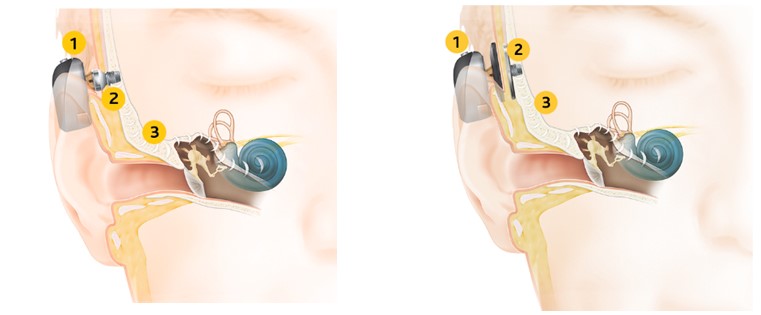
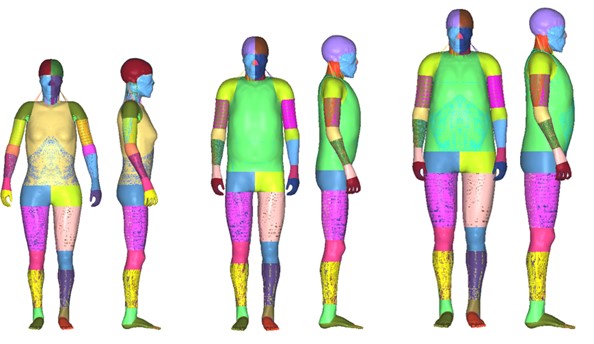
Biomedical: Customizing Care to Suit Each Patient's Needs
In the field of medical technology, personalized solutions have become the cornerstone of innovation. One such groundbreaking area is the adaptation of bone-anchored implant technology to address conductive hearing loss. At Dynas+ Engineering Products (DEP Europe), we are committed to advancing this frontier through cutting-edge research and numerical simulation techniques. In this article, we delve into a recent study that demonstrates the power of numerical simulation in optimizing bone-anchored implant technology for individualized patient needs.
Hearing loss, often attributed to the external or middle ear, has paved the way for bone-anchored implants to emerge as a transformative solution. However, the complexity lies in the fact that each individual is unique, presenting variations in skull geometry and bone properties. Addressing these variations is essential for ensuring the success of bone-anchored implant technology.
At DEP Europe, we recognize that a one-size-fits-all approach is inadequate in the realm of medical technology. To overcome this challenge, our study focused on the integration of numerical simulation to tailor bone-anchored implant technology to individual anatomical characteristics. This involved creating a parameterized human body model designed for crash simulations, utilizing the DEP MeshWorks software and a human model named "THUMS"provided by Toyota.
In the field of medical technology, personalized solutions have become the cornerstone of innovation. One such groundbreaking area is the adaptation of bone-anchored implant technology to address conductive hearing loss. At Dynas+ Engineering Products (DEP Europe), we are committed to advancing this frontier through cutting-edge research and numerical simulation techniques. In this article, we delve into a recent study that demonstrates the power of numerical simulation in optimizing bone-anchored implant technology for individualized patient needs.
Hearing loss, often attributed to the external or middle ear, has paved the way for bone-anchored implants to emerge as a transformative solution. However, the complexity lies in the fact that each individual is unique, presenting variations in skull geometry and bone properties. Addressing these variations is essential for ensuring the success of bone-anchored implant technology.
At DEP Europe, we recognize that a one-size-fits-all approach is inadequate in the realm of medical technology. To overcome this challenge, our study focused on the integration of numerical simulation to tailor bone-anchored implant technology to individual anatomical characteristics. This involved creating a parameterized human body model designed for crash simulations, utilizing the DEP MeshWorks software and a human model named "THUMS"provided by Toyota.
Exploring Bone Conduction Through Skull Variations
Our study involved a meticulous analysis of morphological variations in bone structures among different individuals. By leveraging DEP MeshWorks software, we harnessed the power of finite element modeling to comprehensively address these variations. This approach enabled us to create a human body model that accurately represents the diverse bone geometries observed in real-world scenarios.
To validate the accuracy of our parameterized human body model, we delved into the intricate phenomenon of wave propagation within the human skull. This calibration process ensured that our model's behavior aligned seamlessly with existing literature findings, specifically in the context of percutaneous bone-anchored implants.
Through the integration of numerical simulation and precise calibration, our study takes a significant stride towards optimizing bone-anchored implant technology for individual patients. This advancement holds the potential to revolutionize personalized care by enabling medical professionals to tailor treatments based on unique anatomical characteristics.
Our study involved a meticulous analysis of morphological variations in bone structures among different individuals. By leveraging DEP MeshWorks software, we harnessed the power of finite element modeling to comprehensively address these variations. This approach enabled us to create a human body model that accurately represents the diverse bone geometries observed in real-world scenarios.
To validate the accuracy of our parameterized human body model, we delved into the intricate phenomenon of wave propagation within the human skull. This calibration process ensured that our model's behavior aligned seamlessly with existing literature findings, specifically in the context of percutaneous bone-anchored implants.
Through the integration of numerical simulation and precise calibration, our study takes a significant stride towards optimizing bone-anchored implant technology for individual patients. This advancement holds the potential to revolutionize personalized care by enabling medical professionals to tailor treatments based on unique anatomical characteristics.
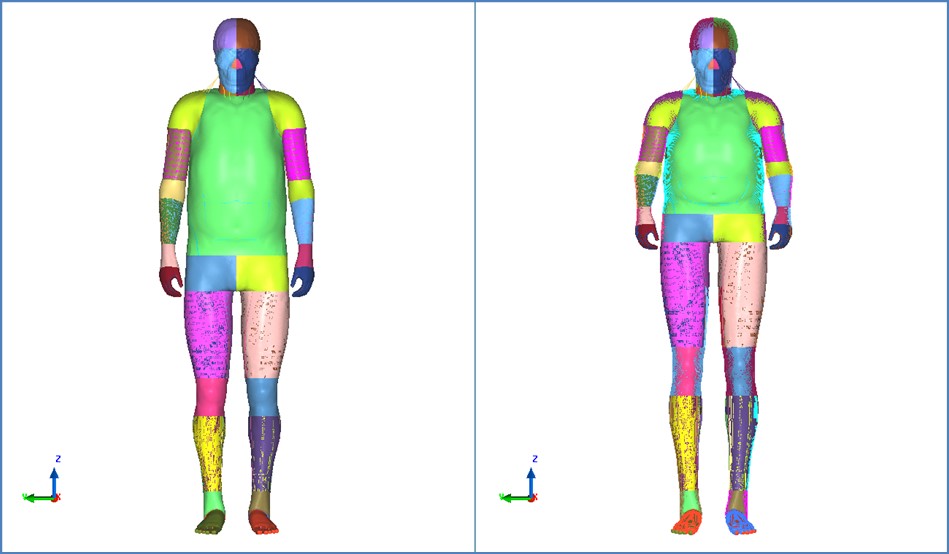
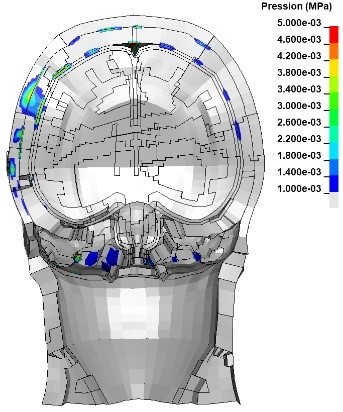
Our Dedication to Advancing Innovation
The study conducted at DEP Europe underscores the transformative potential of numerical simulation in the realm of medical technology. By harnessing the capabilities of DEP MeshWorks software and aligning our parameterized human body model with existing literature findings, we are shaping a future where bone-anchored implant technology can be tailored to the needs of each individual. This progress not only enhances the effectiveness of medical treatments but also exemplifies our commitment to innovation and precision in advancing healthcare solutions.
As we continue our journey at the forefront of personalized medical technology, DEP Europe remains dedicated to pushing the boundaries of innovation and optimizing patient care through rigorous research and cutting-edge simulation techniques.
